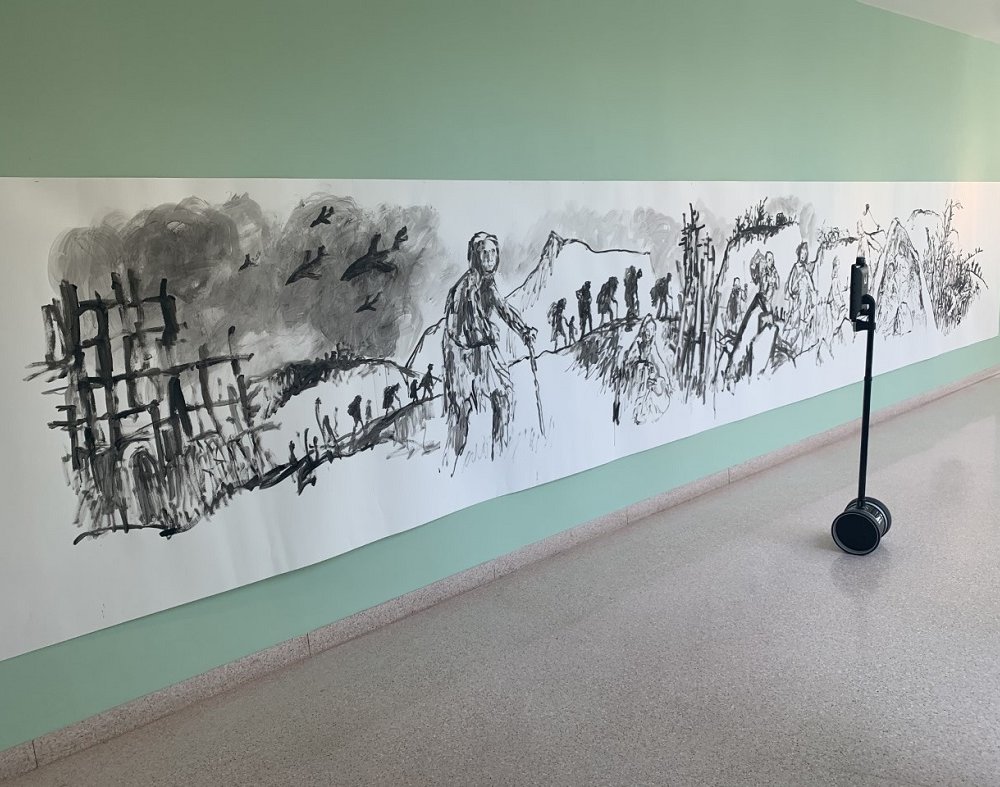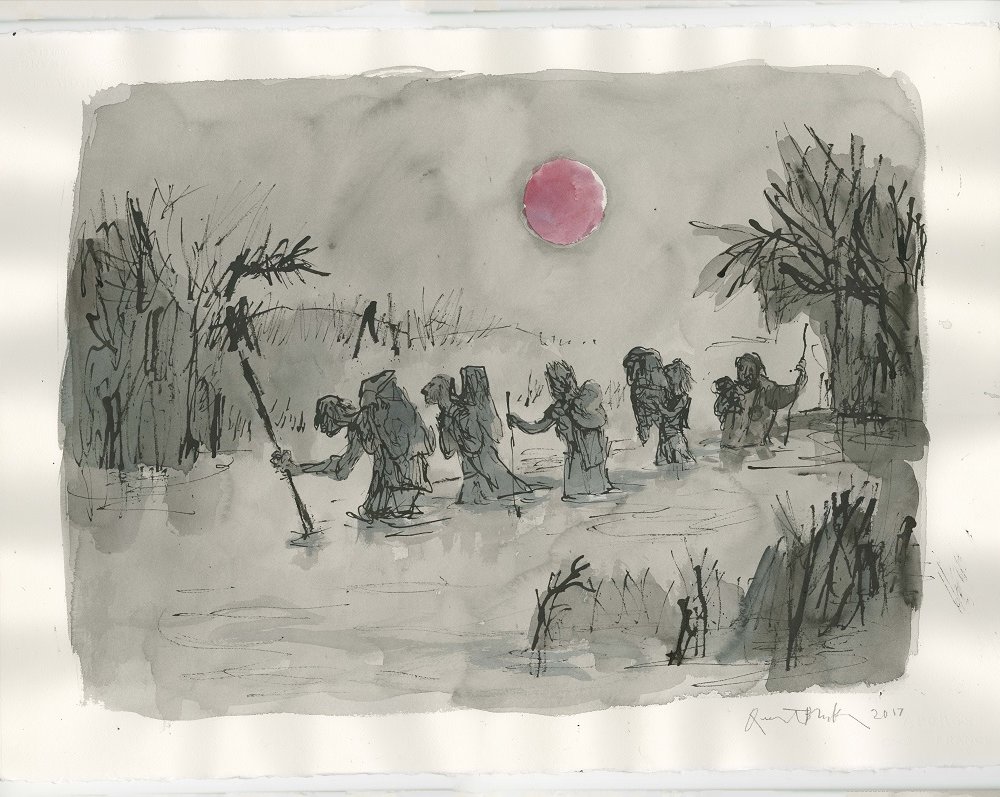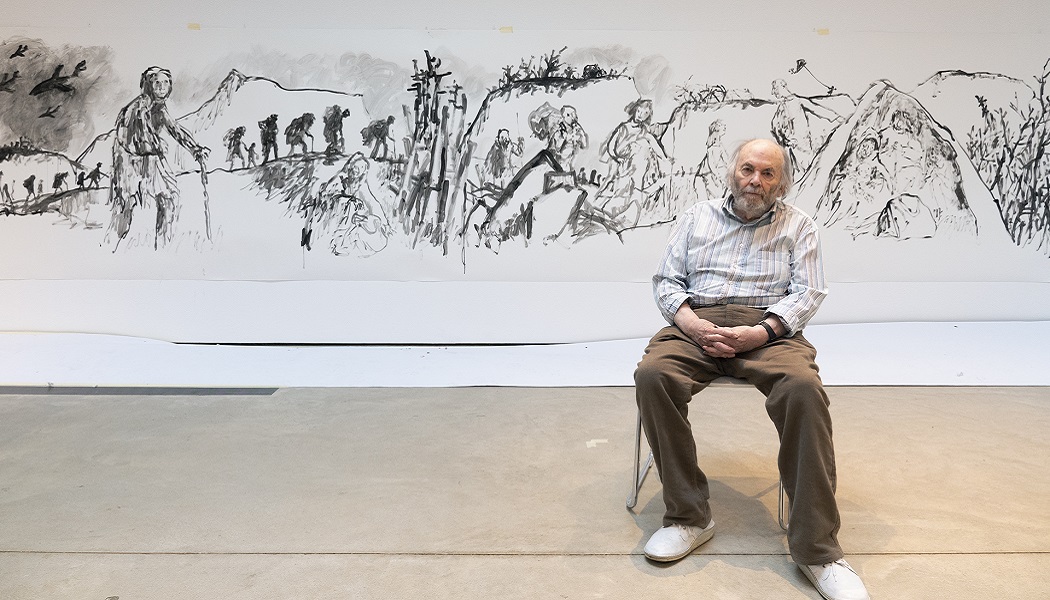One of the venues at the vanguard of technology-driven solutions throughout lockdown has been Hastings Contemporary. Its usage of telepresence robots to deliver tours aimed at “overcoming barriers of isolation” drew a huge amount of interest – so much so that participation had to be limited to the most vulnerable members of society.
Taking the concept one step further, the gallery earlier this month held an exhibition opening using the very same robots. Sir Quentin Blake’s We Live In Worrying Times had been due to open in the Easter holiday but, like most everything in the sector, fell by the wayside due to Covid-19.
Reimagining a launch event, Liz Gilmore, director of Hastings Contemporary, unveiled the vast Guernica artwork which is central to the show with the artist present via telepresence robot.

“When I proposed to Hastings Contemporary the idea of an exhibition called We Live in Worrying Times I was hoping to salute those people, wherever in the world, experiencing suffering, disturbance and distress. I had no premonition that we should soon be visited by worrying times of our own,” Blake notes, discussing this trailblazing remote-access show.
“No doubt there are institutions which, in such a situation as this, can do nothing except close their doors. Hastings Contemporary is not like that, so that I was delighted but not all together surprised when the gallery quickly responded to the situation with an alternative digital offer for We Live In Worrying Times and became even more contemporary in the process.”

Liz Gilmore adds: “While we navigate through these testing times and manage the loss of important revenue streams, we have relished the opportunity to refine and refocus our mission, to explore new and pioneering means of continued engagement with our visitors.
“Our recent trials with a telepresence robot – a collaboration between the gallery, the D4D project, Accentuate and Bristol Robotics Lab – have enabled art to form the basis of unprecedented social exchange; connecting people in isolation from across the globe with our local community in Hastings.”
Following this successful remote exhibition launch, the venue has now also launched a new ‘virtual gallery’. A CGI model, based on the gallery’s Foreshore Gallery space, enables digital visitors to experience realistic visualisations of exhibitions unable to be accessed due to government restrictions – taking the virtual tour phenomenon to a newly immersive level.
“Never has the social potential of the gallery to galvanise and affirm been so apparent or so needed,” the site’s director concludes.









